History books are full of famous figures and pivotal events, but animals have played a much bigger role in shaping human history than we’re usually taught.
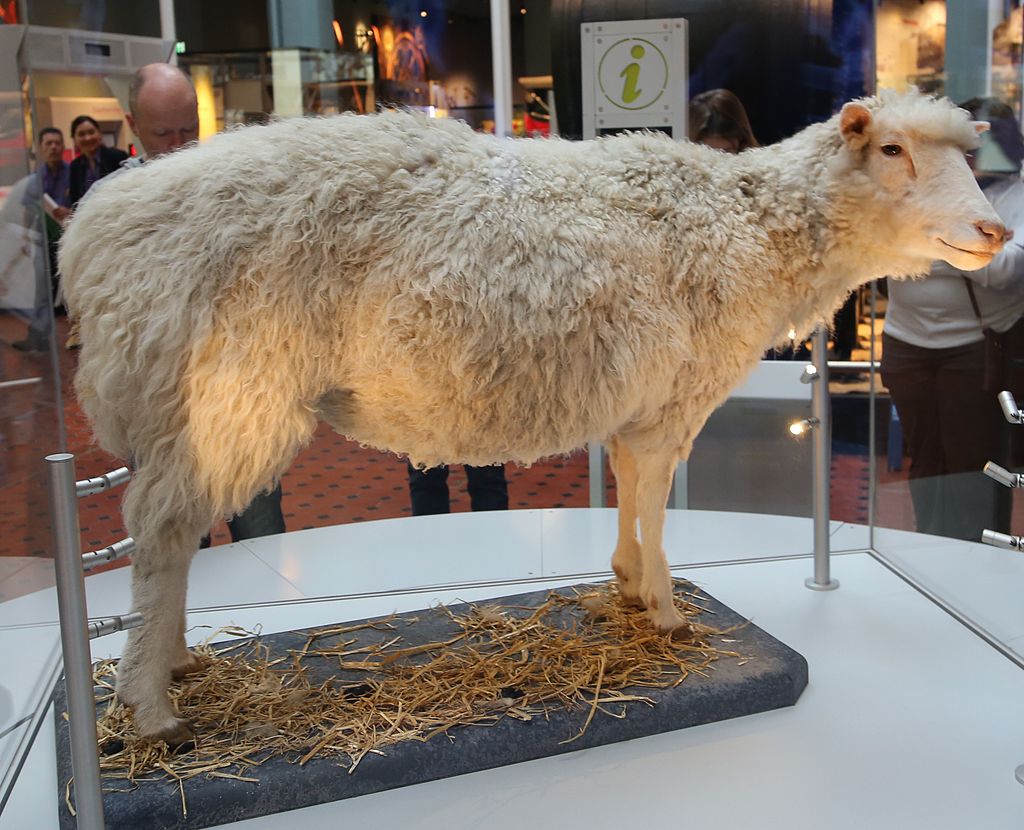
From sparking scientific revolutions to helping win wars, some creatures quietly changed the course of the world without ever getting the credit. Here are 14 remarkable animals whose stories rarely make it into classrooms, but probably should. Some of these might sound familiar, while others might be brand new to you.
1. Laika, the space dog

Laika was the first animal to orbit Earth, launched aboard Sputnik 2 by the Soviet Union in 1957. Her mission wasn’t just symbolic—it provided the data scientists needed to understand whether living beings could survive space travel at all. She didn’t survive the flight, but her journey directly paved the way for human space exploration. While her name occasionally gets mentioned, the full impact of her sacrifice is often glossed over in favour of human triumphs that came later.
2. Cher Ami, the messenger pigeon
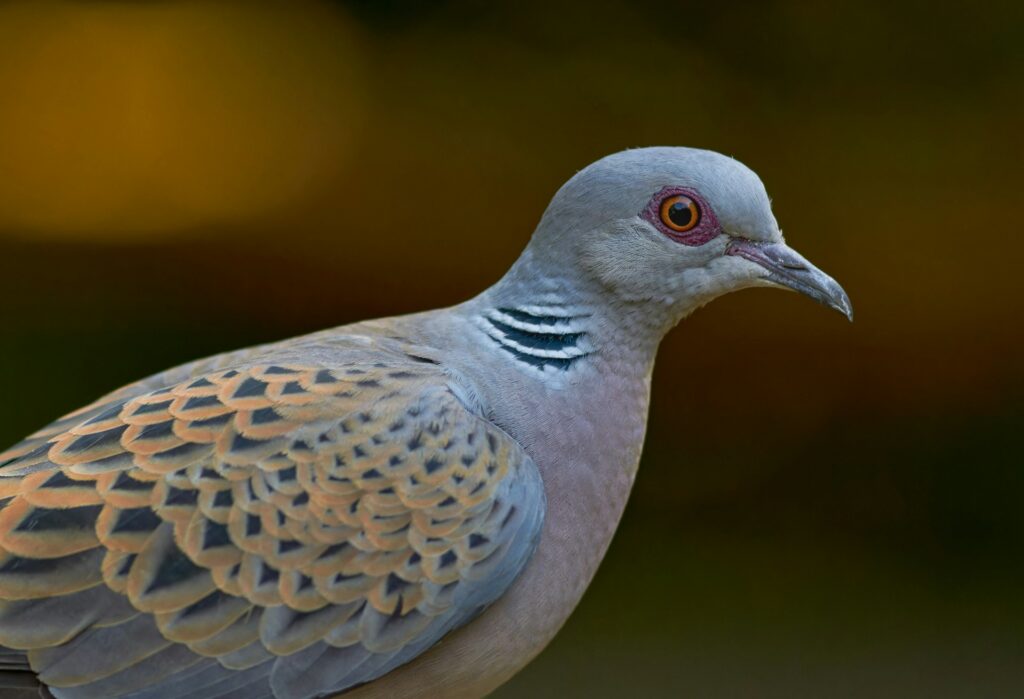
During World War I, Cher Ami delivered a crucial message that saved nearly 200 soldiers from friendly fire. Despite being shot, blinded in one eye, and losing a leg, the bird completed its mission and became a symbol of bravery and loyalty. Cher Ami’s actions directly influenced the outcome of the battle—and potentially the war effort. Yet most history lessons skip over her contribution, despite it being one of the most dramatic acts of heroism on record.
3. Dolly the sheep
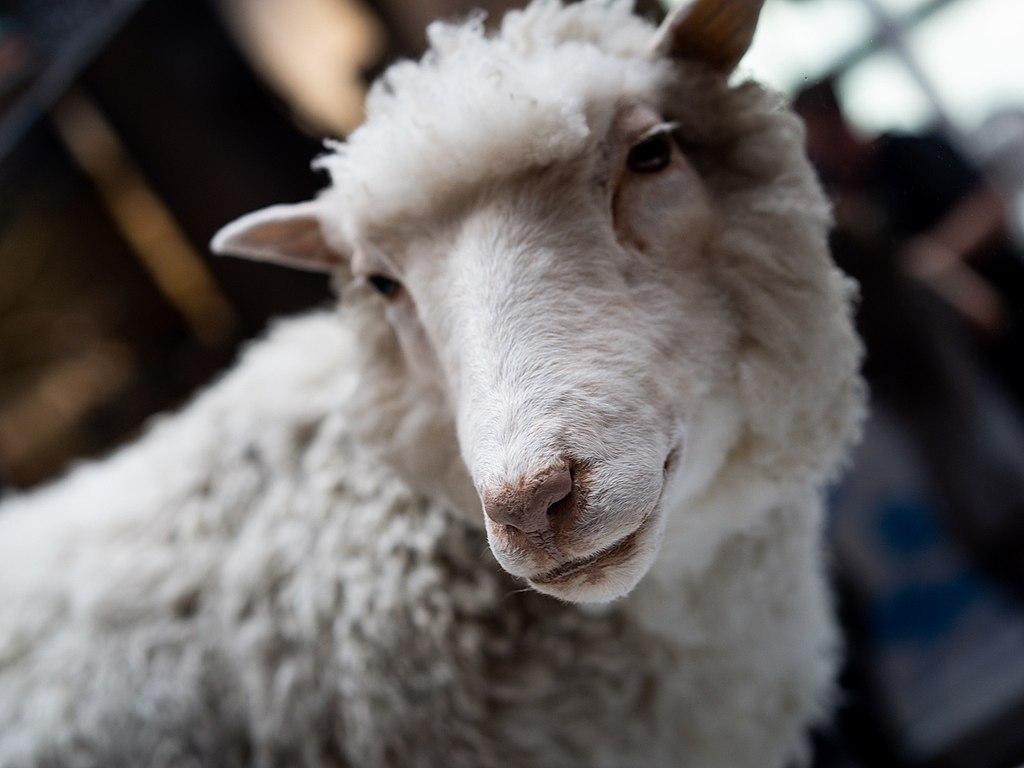
Dolly was the first mammal successfully cloned from an adult cell, born in 1996. She proved that complex organisms could be cloned—not just theoretically, but practically—opening the door to breakthroughs in genetics, medicine, and even agriculture. Her creation raised ethical questions and sparked global debates, but Dolly herself rarely makes it into broader historical narratives. Without her, the modern conversation around cloning wouldn’t even exist.
4. Wojtek the bear
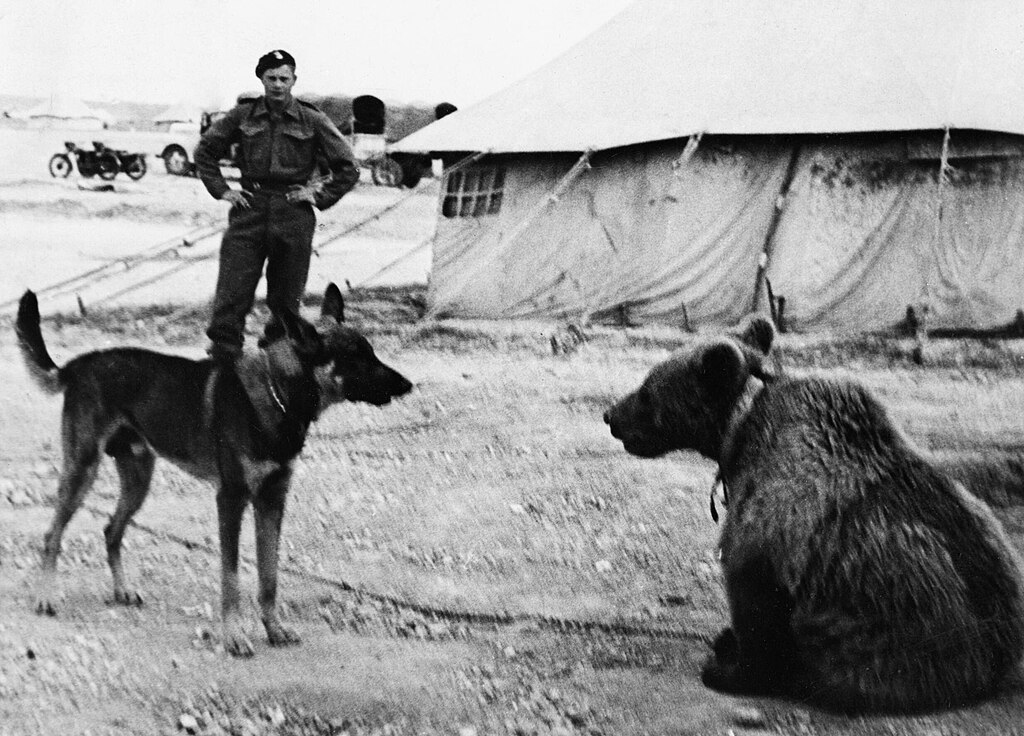
Adopted by Polish soldiers during WWII, Wojtek was trained to carry ammunition during battle and became a literal part of the unit. He even held a military rank and helped boost morale during intense campaigns. Wojtek eventually retired to a zoo in Scotland, but his contribution to the war—both logistically and emotionally—is rarely included in traditional wartime education. He was more than a mascot; he was part of the fight.
5. Pavlov’s dogs
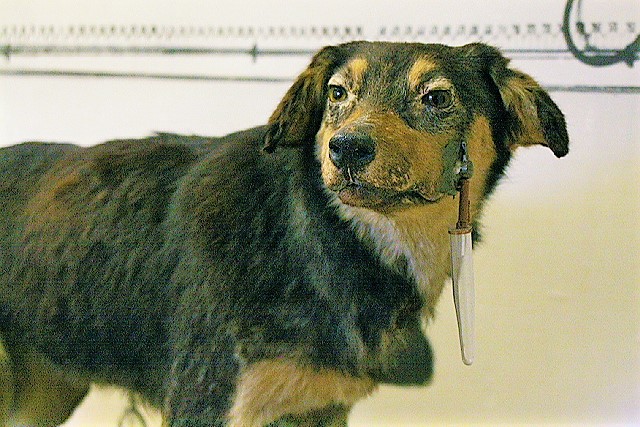
Ivan Pavlov’s dogs were at the heart of one of psychology’s most famous experiments. Their conditioned salivation responses laid the foundation for behavioural psychology and influenced everything from therapy to advertising. We remember Pavlov, but the dogs themselves—whose involuntary responses helped reshape science—go unnamed and uncredited, despite being central to one of the most influential discoveries in human behaviour.
6. The pigeons of Operation Columba
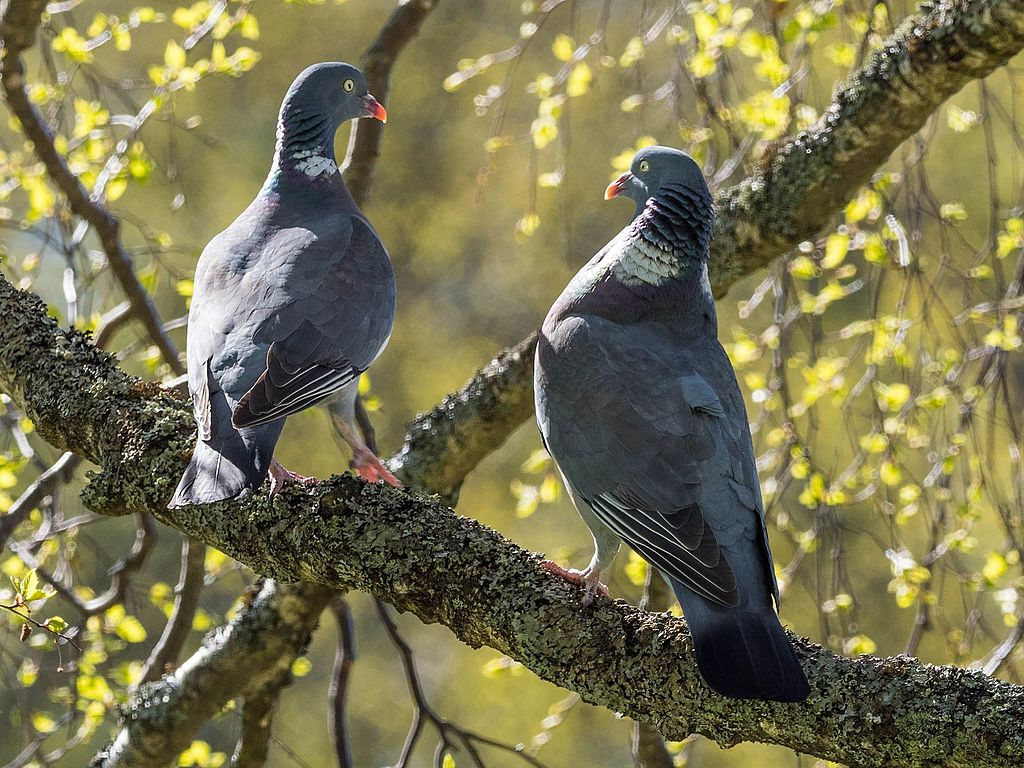
During WWII, British intelligence used trained pigeons to deliver messages from occupied Europe. Thousands of them were dropped behind enemy lines in little boxes with instructions. Locals would attach information, and the birds would fly back to Allied bases.
Many of these pigeons helped expose troop movements and planned attacks. Their role in intelligence gathering was crucial, yet their contributions barely show up in history texts. Some even received medals—but their missions were largely classified or forgotten.
7. Balto, the serum run sled dog
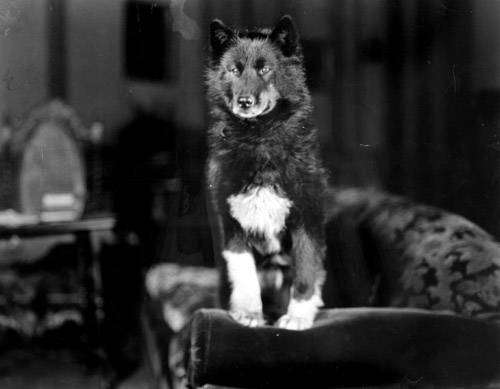
In 1925, Balto led the final leg of a sled dog relay that delivered life-saving diphtheria serum to Nome, Alaska. The delivery prevented a full-blown epidemic and became known as the “Great Race of Mercy.” While Balto became briefly famous, the long-term story rarely makes it into medical or historical education—despite the run being one of the most dramatic examples of animal-assisted public health intervention ever recorded.
8. The snails that helped crack ancient Pompeii
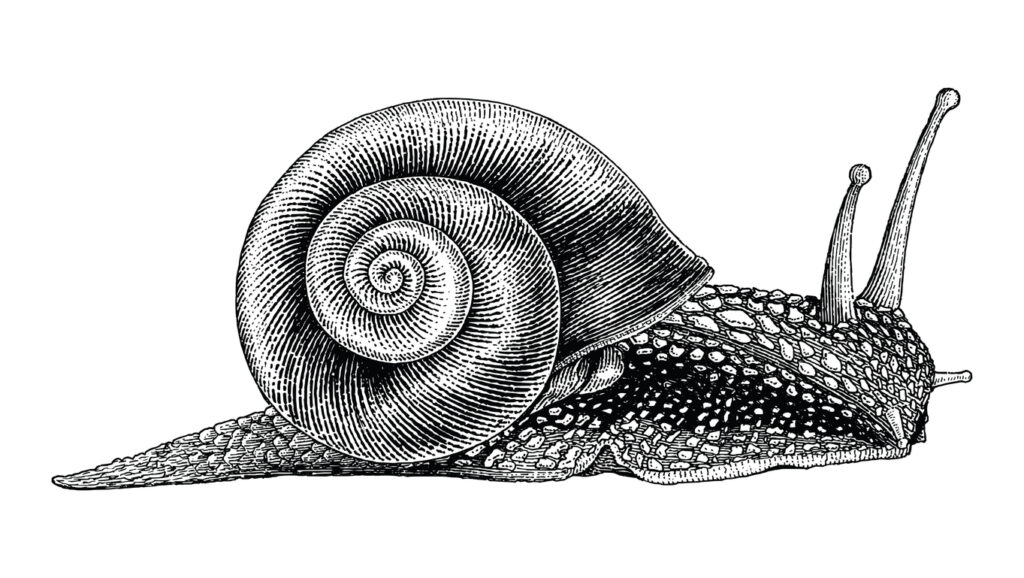
When archaeologists wanted to understand the season Mount Vesuvius erupted, they turned to snails. The types of shells found at the site indicated the eruption happened in autumn—not August, as previously believed. These tiny creatures changed the accepted historical timeline of one of the most studied disasters in human history. But you won’t see their names listed alongside the emperors and scientists in most textbooks.
9. Nils Olav, the knighted penguin
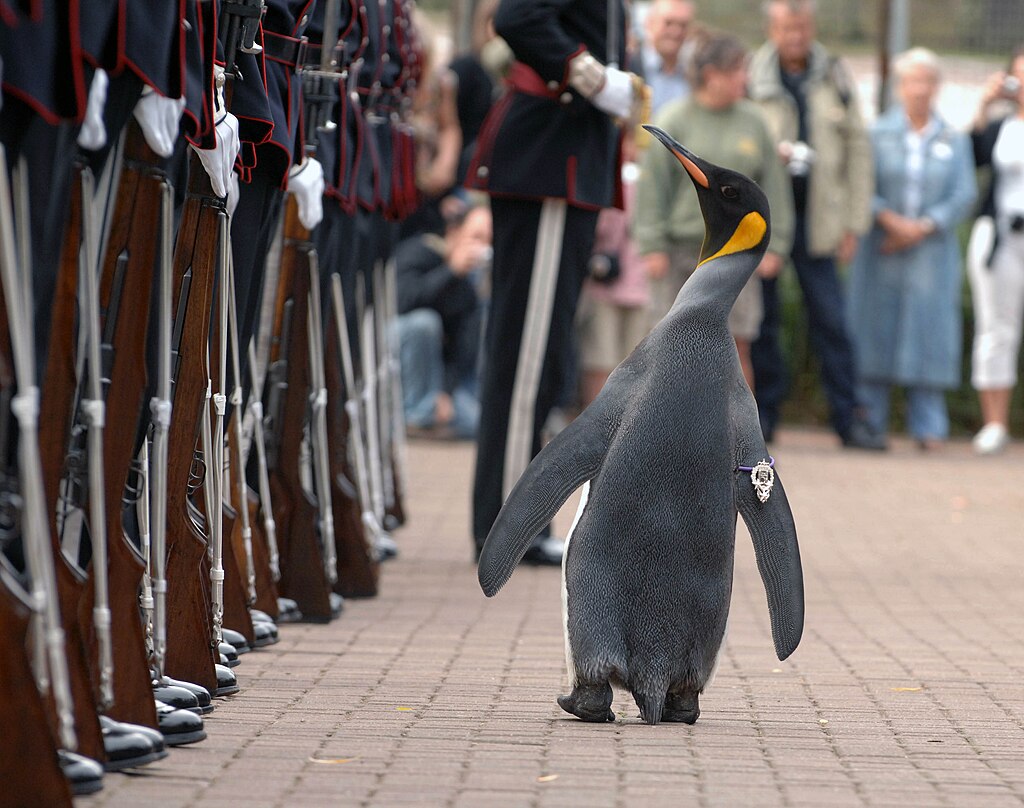
This king penguin became the official mascot of the Norwegian Royal Guard and was knighted in a formal ceremony. Though it sounds comical, Nils Olav’s role symbolised ongoing diplomatic ties between Norway and Scotland. He’s now a cultural icon and has held multiple titles over the years. It’s one of the oddest yet most enduring cases of an animal symbol helping to maintain friendly relations between nations—quietly and effectively.
10. The bees that inspired military camouflage
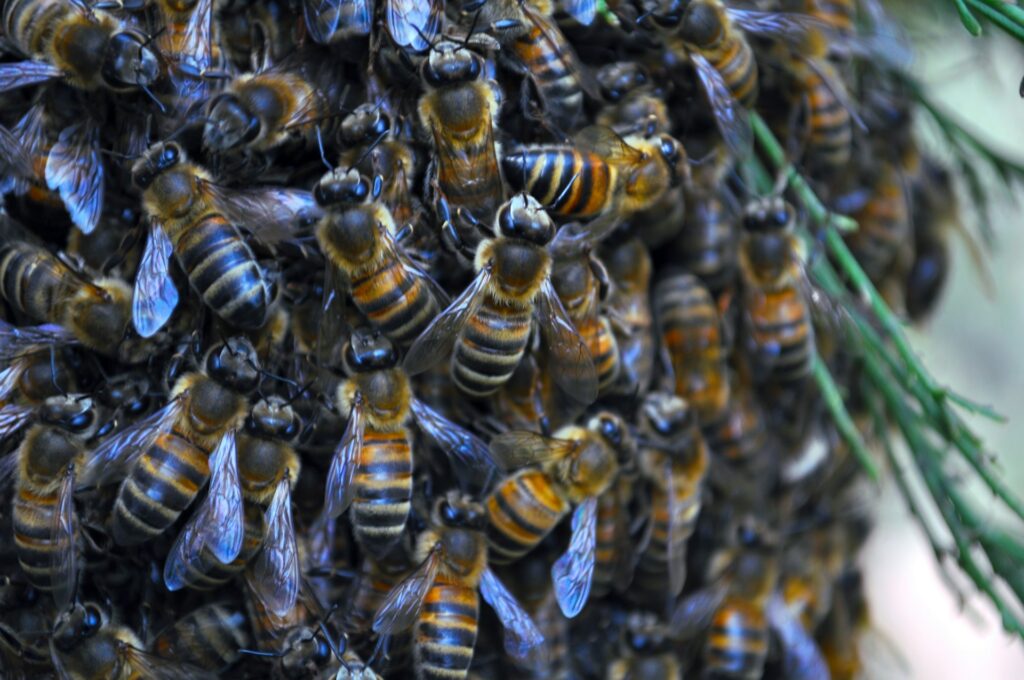
Bees use natural patterns and colour shifts to communicate and defend their hives. Scientists studying bee behaviour and visual processing eventually contributed to the development of disruptive camouflage used in WWI and WWII. The link between animal biology and wartime technology is often credited to engineers—but much of it was made possible by bees, whose patterns revealed secrets about how to confuse the human eye.
11. Baboons used to guard military railways
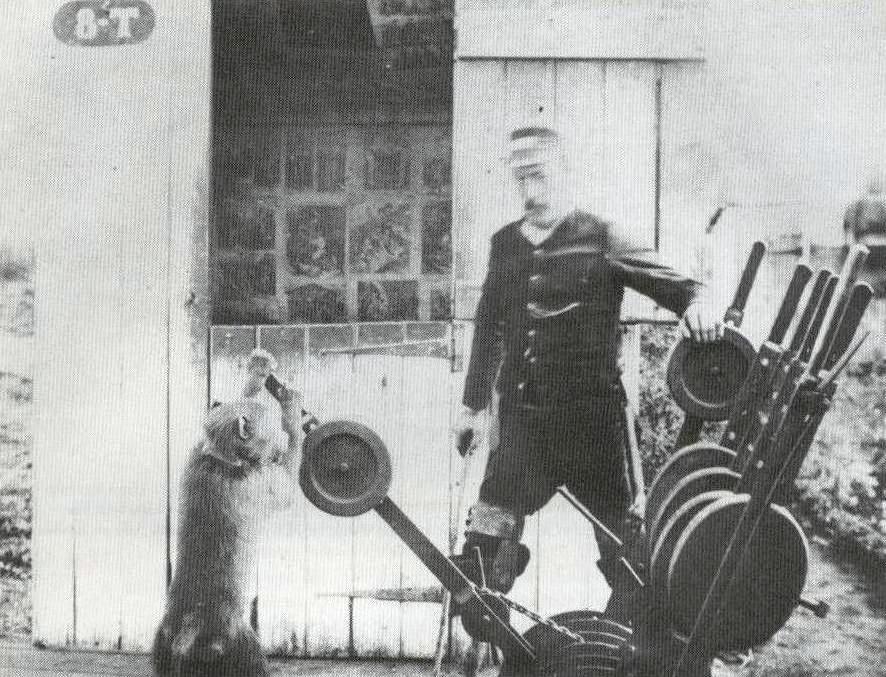
During the late 1800s in South Africa, a railway signalman with disabilities trained a baboon named Jack to operate signals and switches. Jack did the job flawlessly for years and was even officially employed—with rations and a salary.
The pair kept trains running safely, and Jack’s efficiency caught the attention of military engineers. He may not have shaped global politics, but his impact on labour, trust, and human-animal cooperation is a strange footnote worth more attention than it gets.
12. Fruit flies in genetic science
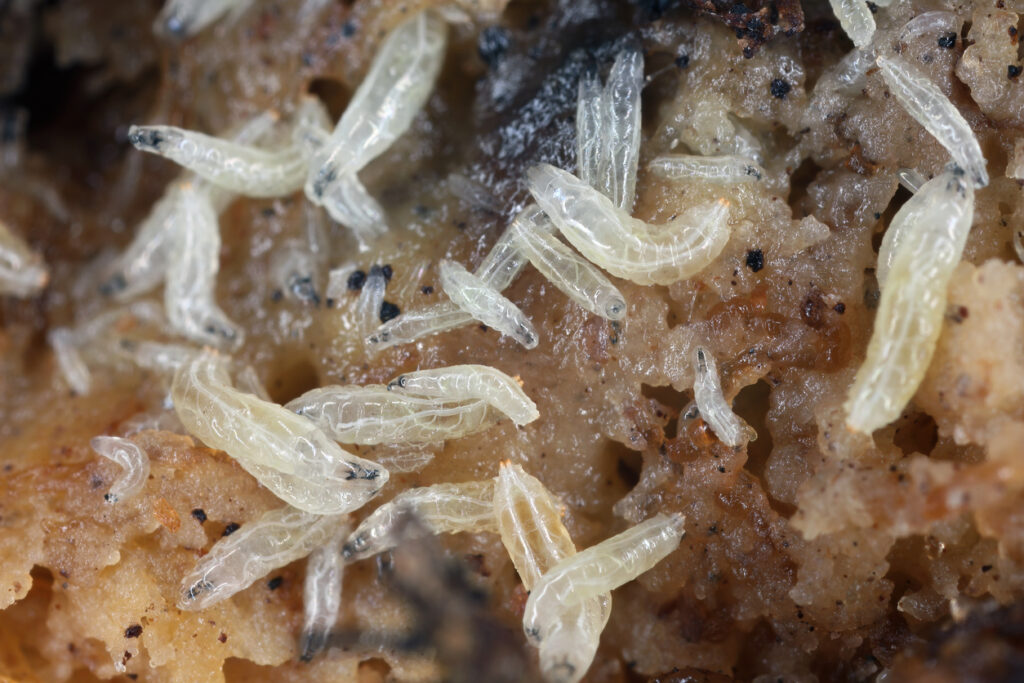
Fruit flies have been central to the development of genetic research. Their short life cycles and simple chromosome patterns made them ideal test subjects for early discoveries about inheritance, mutation, and DNA function. While every biology student studies genetics, few realise just how many of those breakthroughs came from watching fruit flies breed under microscopes. They’re unsung heroes of the scientific method.
13. Rats that saved ancient cities
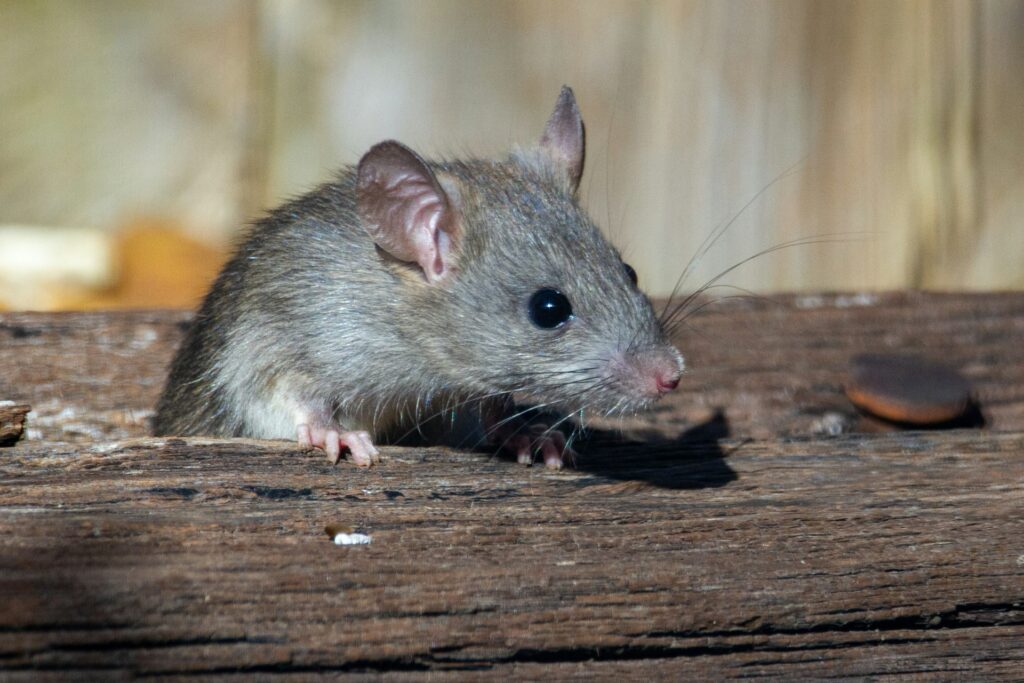
In some ancient civilisations, rats were seen as omens. When they began fleeing certain areas, it signalled environmental trouble—earthquakes, floods, or disease. Some cities took these migrations seriously and evacuated early, avoiding disasters.
Modern historians now believe that these “superstitions” were actually early forms of ecological monitoring, based on observing rat behaviour. While not glamorous, the rats may have saved thousands of lives simply by being noticed.
14. The horses that shaped postal and transport systems
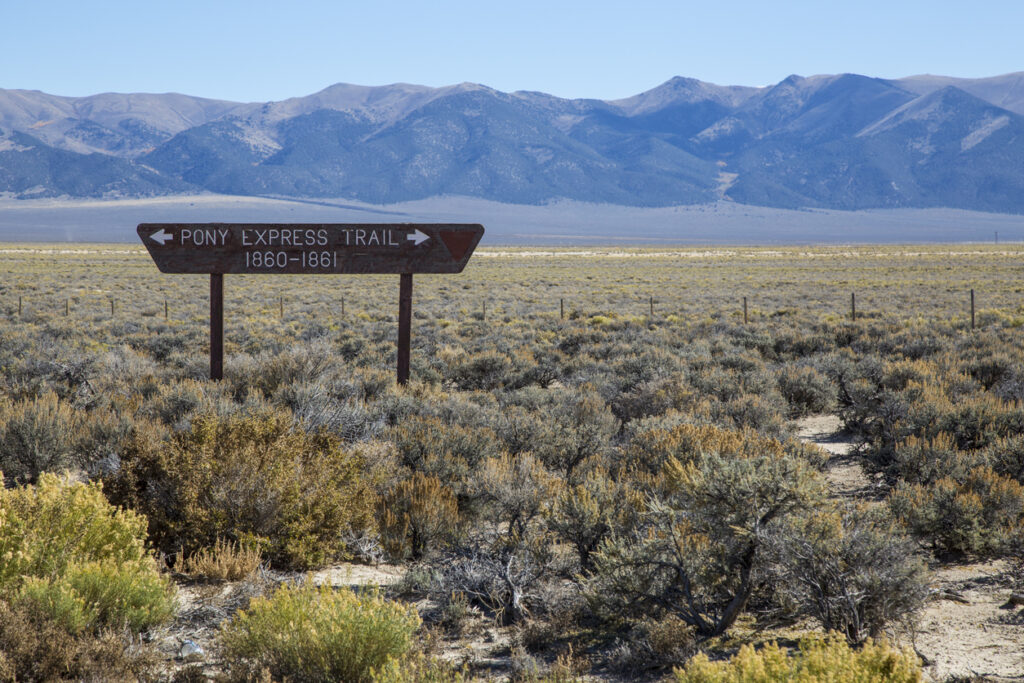
Horses weren’t just used in war or farming—they were the original backbone of information delivery. Systems like the Pony Express in the U.S. or relay messengers in the Mongol Empire relied on horses to transmit messages quickly across impossible distances. While riders get remembered, the horses often don’t. Yet without their stamina and instincts, entire empires would’ve faced communication breakdowns. They were, quite literally, the engines of history for centuries.